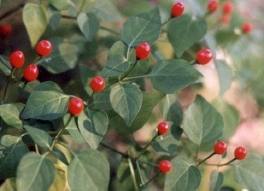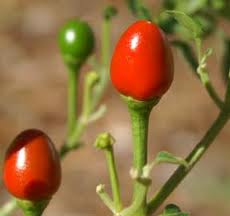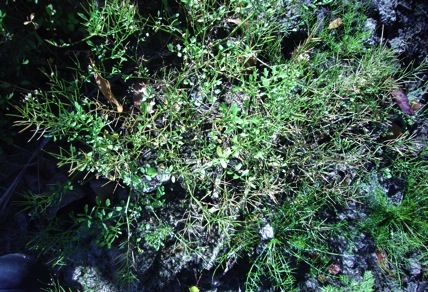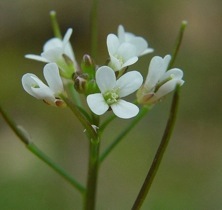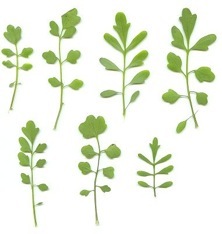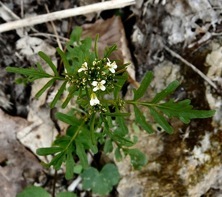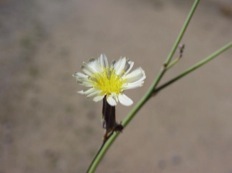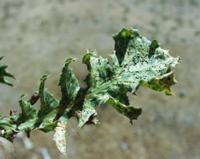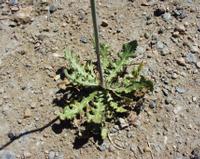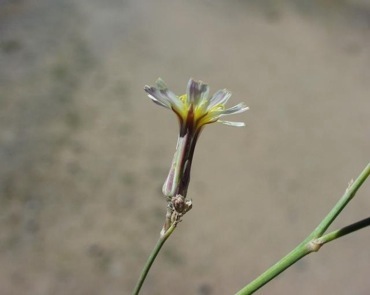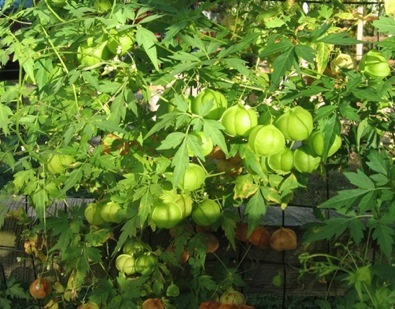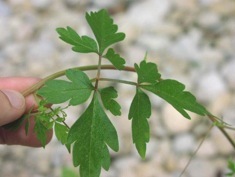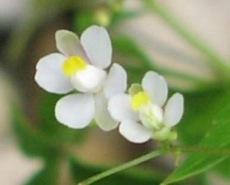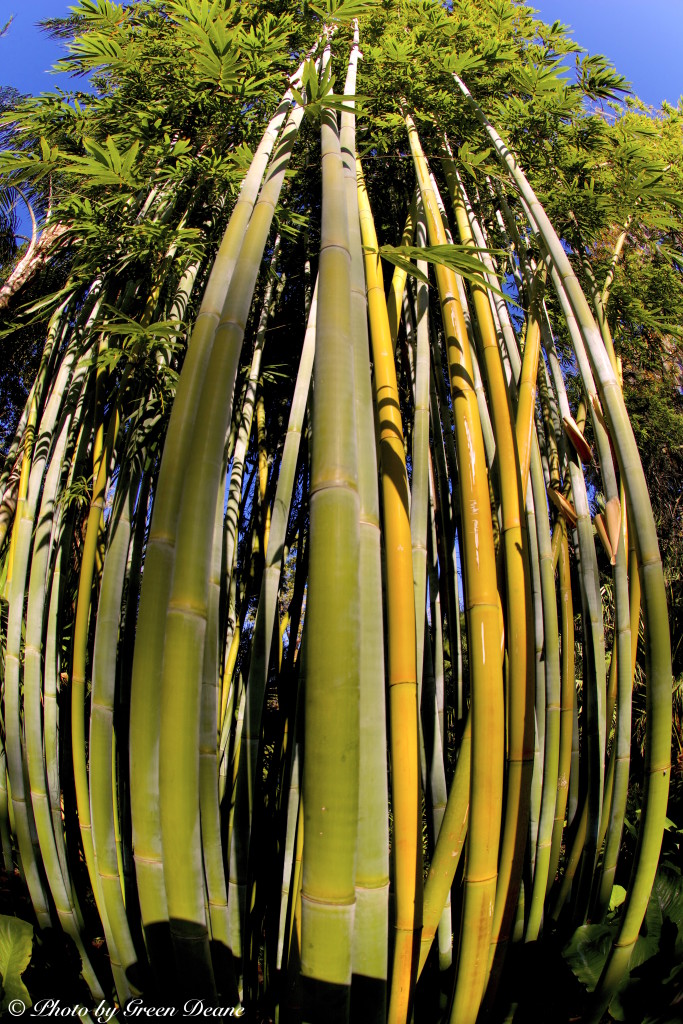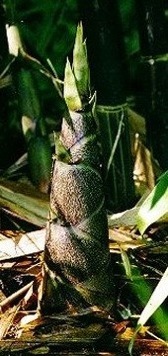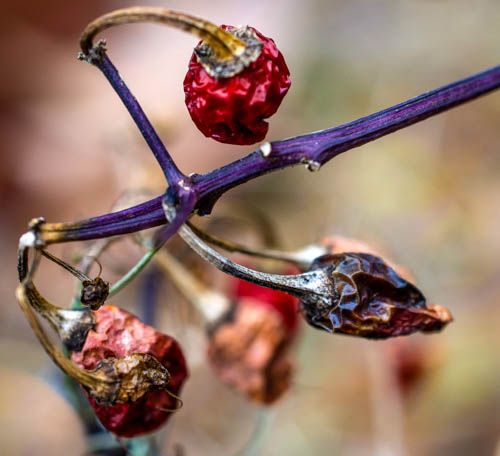
Wild peppers grow in many areas of Central and North America. The vary greatly and the exact species above is debatable. Photo by Green Deane
Capsicum annuum var. glabriusculum: Hot Eats
Did you know hot peppers grow in the wild? From Central American north to Arizona east to Florida then up the coast to New York and Connecticut.
Commonly called “bird peppers” they are properly Capsicum annuum var. glabriusculum. For a little pepper the birds defend bravely, it has gone a long ways.
Most of the natives of the Caribbean area called it some form of “aji” such as axi, aje, agi, asi et cetera. That held on as the Spanish moved in with aji bobito, aji caballero, aji caribe, aji chirel, aji chivato, aji guaguao, aji montesino, aji piante, and aji titi. However, the top dogs of the ancient Caribbean world were the Aztecs, and they called it ….chilli… and now you know. That led to more names, chile amash, chile bravo, chili de maonte, chile de zope, chile quimiche, chili siete caldos and chilillo.
They were originally named Capsicum annuum var. aviculare (annual peppers of the birds.) Birds, who have no need for botanist or nutritionists, know a good thing when they eat it. And bird peppers are good food. They have vitamins A and C, and a host of other compounds thought to prevent cancer and tumor. And they have heat.
Capsicum (KAP-sih-kum ) is from two Greek and Dead Latin words, Kapto, to bite, and capsa, a box, in reference to the fruit shape. Annuum (ANN-yoo-um) means annual, and glabriusculum (glab-ree-us- KYEW-lum) means completely without hair. Saying “chili peppers” is then redundant, as chili means those hot little peppers.
A bit of history. The word pepper comes from the Greek word pipari (pee-PAIR-ree) which means the black spice, which is botanically Piper nigrum (PYE-per NYE-grum ) which also means black pepper. For such a common item today it is difficult to stress how important black pepper was long ago. When the Goths sacked Rome in 410 AD among their demands were 5,000 pounds of gold and 3,000 pounds of black pepper. In the middle ages debts and dowries were paid with pepper corns. The pepper trade build Genoa and Venice, as well as Alexandra. It was a cartel similar to the diamond cartel today in which prices are kept intentionally high by a few suppliers. Chris Columbus’ trip to the New World was an attempt to break that cartel. And in fact, he did find “pepper” but gold fever took over.
Green Deane’s “Itemized” Plant Profile
IDENTIFICATION: Shrub, three to 10 feet tall, leaves ovate to ovate-lanceolate, pointed, one half to two inches long, sometimes much longer, four or five inches. Flowers white, yellow-green or lavender, five-lobed to half-inch wide. Fruit round, conical or elongated and pointed, one half-inch to an inch long, may change from white to yellow then purple to red, nearly hollow, a few small seeds, very pungent.
TIME OF YEAR: Seasonal in northern climes, year round in warmer areas
ENVIRONMENT: Hammocks, waste places, cultivated ground
METHOD OF PREPARATION: Ripe fruit as seasoning, leaves cooked as greens, rich in calcium, phosphorus, vitamins A and B. In Africa the fruits or leaves are eaten as an antidote if poisonous fish has been eaten.

